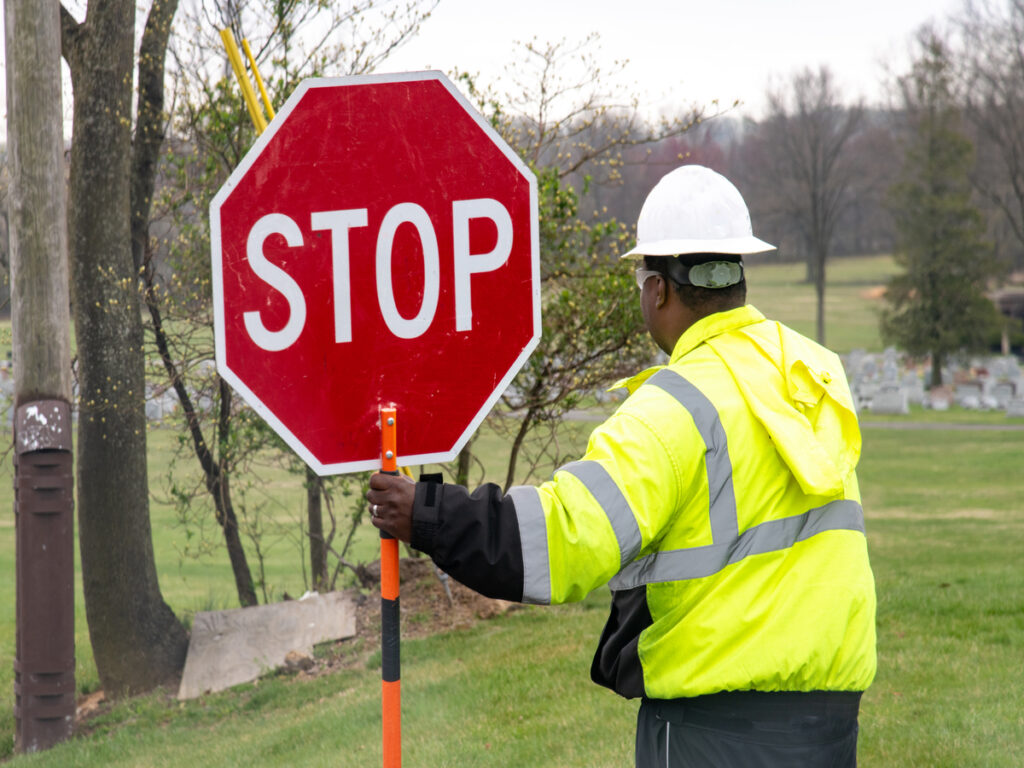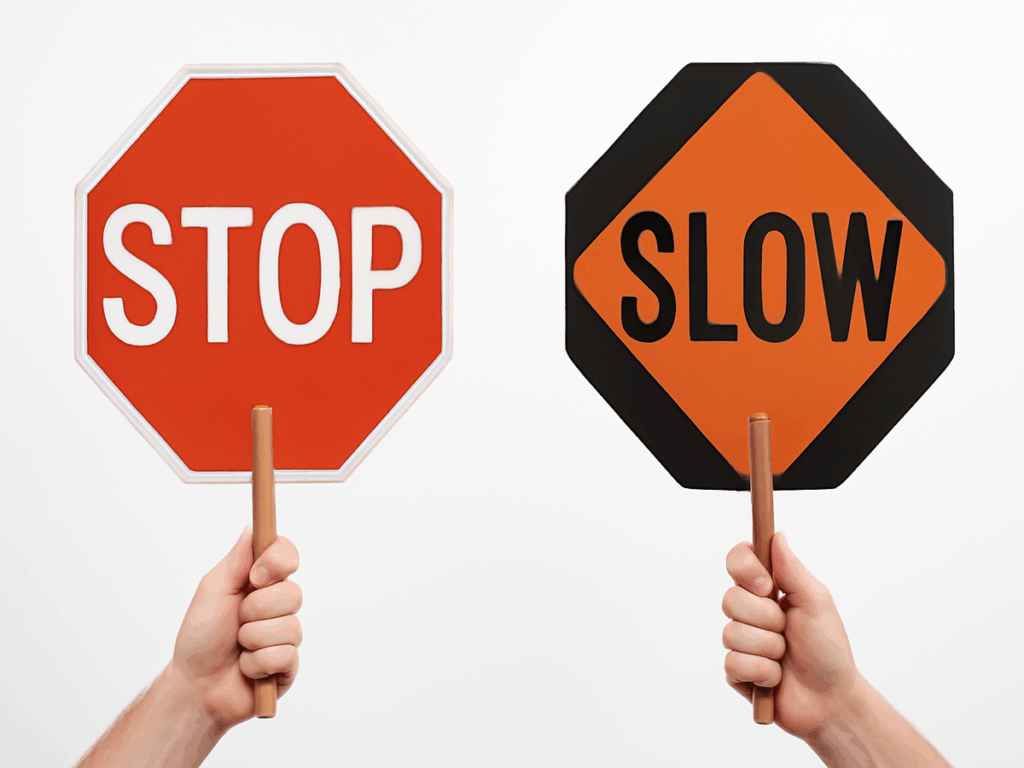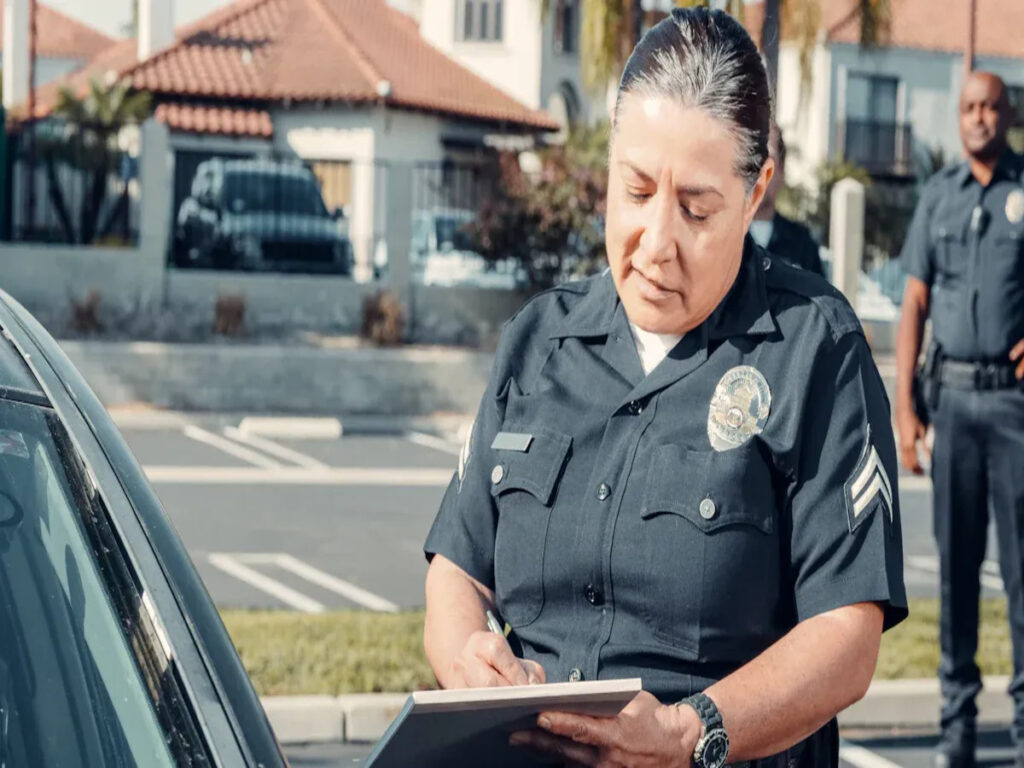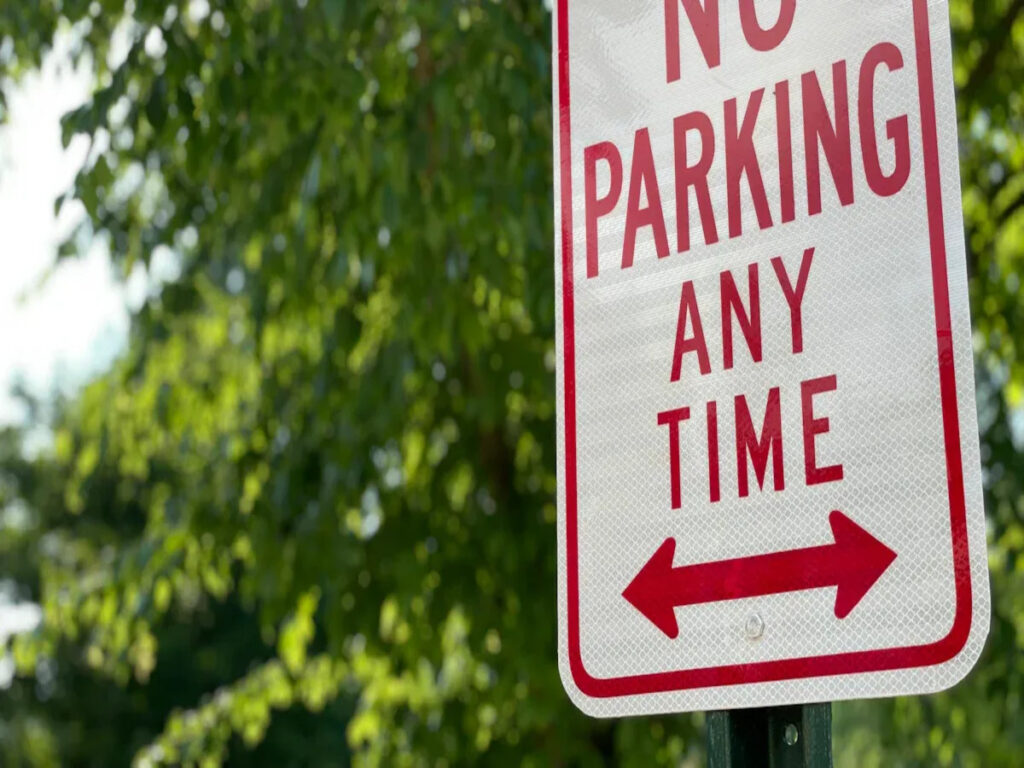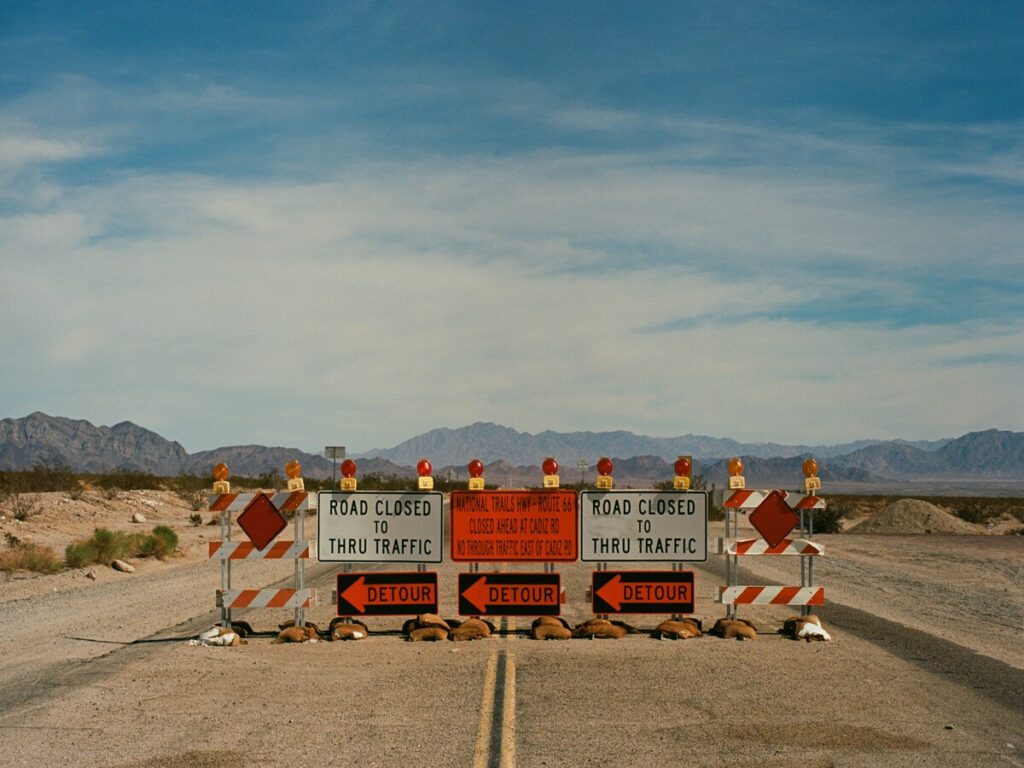
IL Occupational Health and Safety Administration has clear rules for traffic barricades. These rules help keep workers and people safe. OSHA wants every business to use traffic barricades that follow strong safety rules. Good barricades lower accidents and show where danger is.
A Optraffic, we provide traffic barricades that meet OSHA’s stringent safety standards. La nostra alta qualità traffic road barriers are designed to improve safety, minimize accidents, and ensure compliance with legal requirements. For more insights into traffic barricades and choosing the right ones for your needs, Dai un'occhiata al nostro blog, Tutto quello che devi sapere sulle barricate del traffico in vendita.
OSHA Barricade Requirements
Key OSHA Barricade Requirements
In 2025, OSHA has rules for how tall and bright barricades must be. These rules help keep workers and people safe. Barricades must be a certain height. Tipo 1 e digitare 2 barricades need to be at least 36 pollici di altezza. Tipo 3 barricades must be at least 5 feet tall. Barricades must have orange and white stripes that reflect light. The stripes go down at a 45-degree angle. The way the stripes point depends on the traffic and lane. Ballasting helps barricades stay up and easy to see. OSHA says not to use heavy things like concrete or rocks for ballasting. Sandbags are okay, but only one sandbag per leg is allowed.
| Aspetto | OSHA Requirement 2025 |
|---|---|
| Altezza | Tipo 1 & 2 barricate: minimum 36 pollici di altezza; Tipo 3 barricate: minimum 5 feet tall |
| Visibilità | Orange and white retro-reflective stripes at a 45-degree downward angle; placement depends on traffic direction and lane position |
| Ballasting | Barricades must be properly supported to resist wind and maintain visibility; ballast should avoid heavy materials like concrete or rocks; sandbags limited to one sandbag height on sign legs |
OSHA also wants advanced traffic devices used. These include truck-mounted attenuators, message boards, e luci lampeggianti. These devices help drivers see barricades sooner. Good lighting is needed at night. Workers should wear reflective vests and use flood lights and LED signs. Employers must teach workers how to use barricades and traffic devices. New technology like GPS and smart work zones helps everyone stay safe.
Nota: OSHA says all barricades must be checked and fixed often so they work well and can be seen.
MUTCD and ANSI Standards
OSHA rules say you must follow the newest MUTCD E ANSI standards. The MUTCD 11th Edition started on January 18, 2024. It gives rules for traffic control devices like barricades. This edition has new rules for sign design and how signs reflect light. ANSI/ASSP A10.47-2021 gives rules for work zone safety. It covers how to plan, impostare, take down, and manage barricades and other devices. These standards help stop injuries and car crashes.
| Standard/Edition | Effective Date | Key Updates Relevant to Traffic Barricades |
|---|---|---|
| MUTCD 11th Edition | Jan 18, 2024 | Defines national standards for traffic control devices; updates for sign design and retroreflectivity. |
| ANSI/ASSP A10.47-2021 | 2021 (2025 update) | Sets minimum requirements for work zone safety, including barricade use and setup. |
MUTCD Section 3F.01 tells how to design and use barricades. Type III barricades need white and red stripes that reflect light. These barricades show where roads end or lanes close. Section 3F.02 talks about cones and other channelizing devices. These must be tall enough and have bands that reflect light. All devices must be clean and bright so people can see them.
| Sezione | Descrizione | Key Points |
|---|---|---|
| 3F.01 Barricades | Design and use standards | Barricades must meet Type III design criteria with retroreflective stripes; used for closures. |
| 3F.02 Dispositivi di canalizzazione | Standards for cones, markers | Minimum heights specified; retroreflective bands required; colors must be orange or pavement color. |
Visibility and Ballasting
Making traffic barricades easy to see is very important. Barricades must have bright orange and white stripes. Where the stripes go depends on the traffic. Ballasting keeps barricades from falling over in wind or bad weather. OSHA does not let you use heavy things for ballasting. Sandbags are best, but only one sandbag per leg is allowed. This rule stops too much weight that could hurt someone or break something.
Workers near barricades must wear high-visibility clothes. OSHA says these clothes must meet ANSI/ISEA 107 standard. The clothes should be orange or yellow for daytime work. Di notte, the clothes must reflect light and be seen from at least 1,000 piedi di distanza. Classe 2 e classe 3 clothes protect workers best near moving cars.
| Classe | Background Fabric Area (sq in) | Reflective Striping Area (sq in) | Visibility Distance | Typical Environment | Examples of Workers |
|---|---|---|---|---|---|
| 1 | Minimo (lowest) | Minimo (lowest) | Low-speed traffic (<25 mph) | Parking lot attendants, maintenance in protected zones | Not for highway work zones |
| 2 | 775 | 201 | Better visibility in poor light; for traffic >25 mph | Road construction crews, crossing guards | Required near highways with some barrier protection |
| 3 | 1240 | 310 | Visible from 1,280 piedi; for fast-moving traffic (>50 mph) | Highway maintenance workers, emergency responders | Required for direct interaction with traffic |
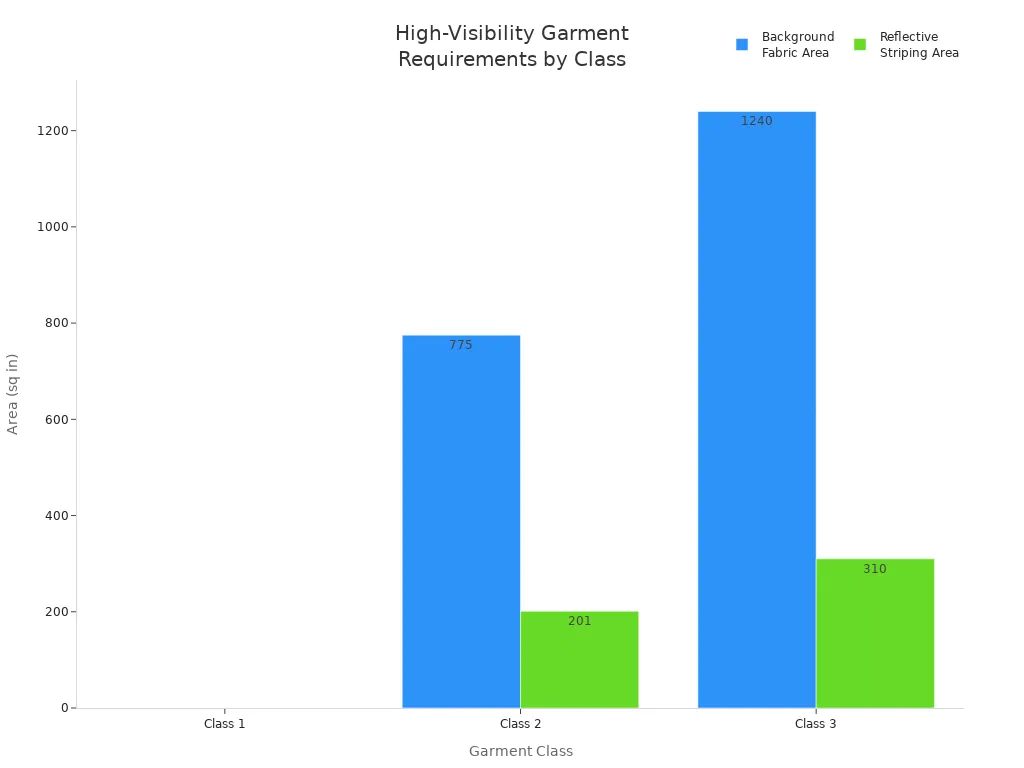
Employers must make sure workers wear the right clothes for their job. These rules help keep workers safe and easy to see near barricades.
Tipi di barricate del traffico
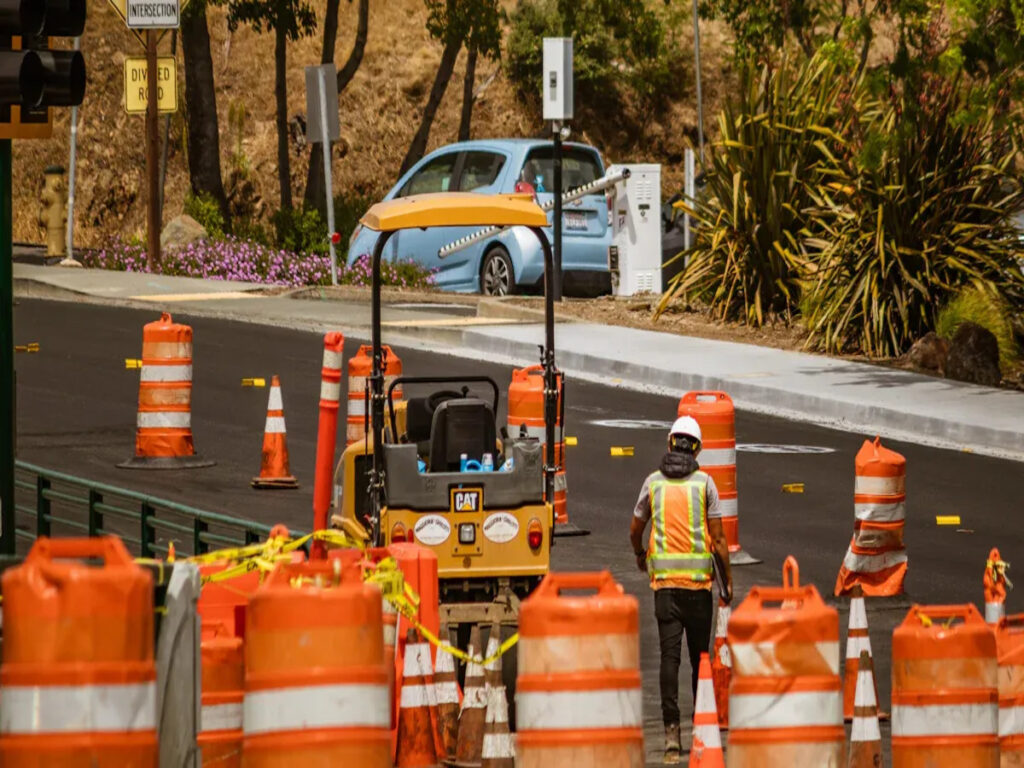
Tipo 1, 2, E 3 Barricades
Tipo 1, 2, E 3 barricades are used in work zones. They help keep people and cars safe. Each type has special features for safety and being seen.
- Tipo 1 e digitare 2 barricades have orange and white stripes. The stripes are retro-reflective and slant at 45 gradi. This helps drivers and people know where to go.
- Tipo 1 e digitare 2 barricades must be at least 2 piedi lunghi. Tipo 3 barricades need to be at least 4 piedi lunghi.
- All barricades must stand up straight and not fall over. Good support keeps them working well.
- In places with fog, nevicare, or sharp turns, warning lights can be added. This makes the barricades easier to see.
- Barricades must let people with low vision get through. The bottom rail should be no more than 2 inches from the ground. Gaps between rails should not be bigger than 2 pollici.
- The retroreflective part must be smooth and sealed. This keeps the colors bright all day and night.
- If a barricade gets damaged and does not reflect light, it must be replaced right away.
Mancia: Tipo 3 barricades are used for road closures or lane ends. Tipo 1 E 2 barricades help guide traffic and keep workers safe.
Coni, Barrels, and Delineators
Coni, barrels, E Delineatori are also used in work zones. They help guide cars and people safely.
- OSHA says cones, barrels, and delineators can be made from LDPE plastic. LDPE has UV blockers to keep colors bright and strong.
- The bases are made from recycled rubber. They can weigh 10lb, 16lb, or 30lb. This helps stop them from tipping over.
- The Roof Edge Delineator Cone system meets OSHA 1926.502 regole. It uses LDPE and a rubber base.
- All these products meet MUTCD and NCHRP 350 regole. This means they are safe for people and cars.
- LDPE and rubber bases bend if a car hits them. This helps protect workers and people.
- These devices can be stacked and have handles. This makes them easy to set up and move.
Barricades, coni stradali, barrels, and delineators all help keep people safe. Tipo 3 barricades and big barrels give the strongest protection. Cones and delineators are good for quick changes and showing the way in work zones.
| Device Type | Materiale | Height/Length Requirement | Funzione chiave | Common Use |
|---|---|---|---|---|
| Tipo 1 & 2 Barricata | LDPE, Riflessivo | 2 feet minimum | 45° retro-reflective stripes | Lane guidance, worker safety |
| Tipo 3 Barricata | LDPE, Riflessivo | 4 feet minimum | Full road/lane closure | Road closure, deviazione |
| Cone | LDPE, Base di gomma | MUTCD height standards | Impilabile, flessibile, Resistente ai raggi UV | Channelizing, quick setup |
| Barrel | LDPE, Base di gomma | MUTCD height standards | Alta visibilità, impact-resistant | Major work zone barriers |
| Delineator | LDPE, Base di gomma | MUTCD height standards | Slim, flessibile, facile da spostare | Pedestrian and traffic barriers |
Placement and Maintenance
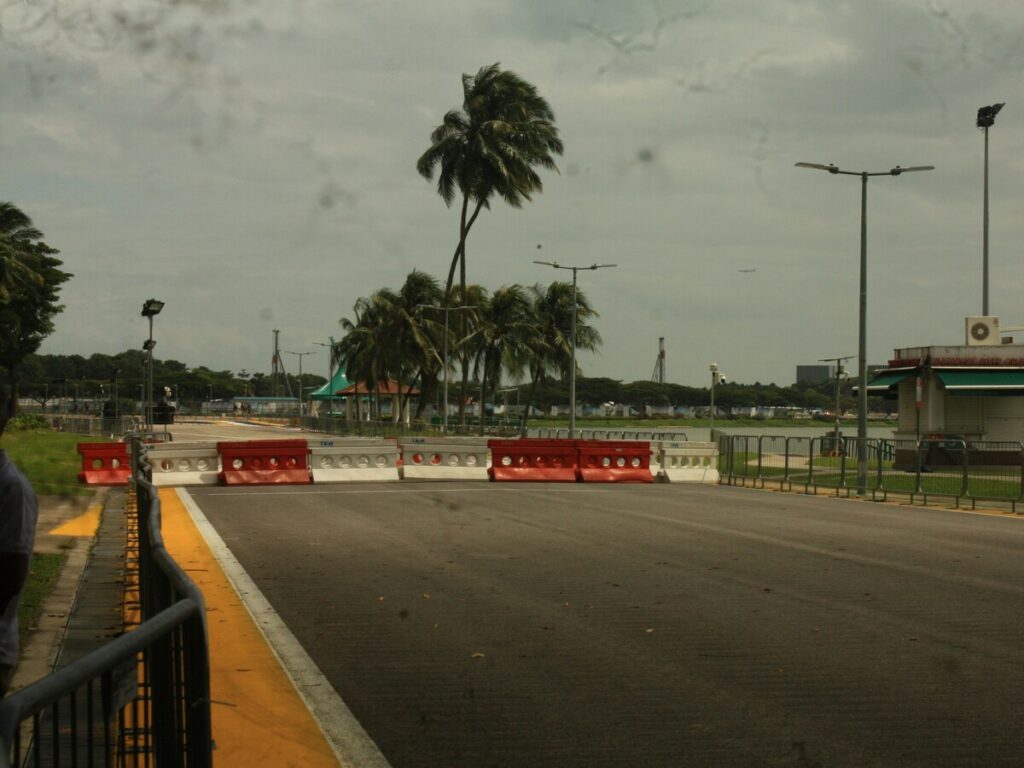
Proper Placement
OSHA has rules for where to put barricades. Workers must set up barricades to guide cars and keep people safe. The top rail should be high enough for drivers and walkers to see. Height is important so drivers can see barricades from far away. This helps even in bad weather or at night.
Barricades must always stand up straight. Al di fuori, wind and rain can knock them over. OSHA says to use strong materials that last in weather. Types I, Ii, and III barricades are strong and easy to see. Workers need to check that barricades do not fall or move. The stripes must stay clean and bright so people notice them.
Mancia: Put barricades in a straight line with no gaps. If there are spaces, drivers might get confused and workers could get hurt.
Maintenance and Replacement
Checking barricades often keeps everyone safe. OSHA says to look at all safety devices every day. Workers should check for cracks, ammaccature, faded colors, or missing stripes. If a barricade is broken or hard to see, it must be swapped out fast.
- Look at barricades each day before starting work.
- Change any barricade with cracks or faded stripes.
- Wipe the stripes so they shine in the dark.
- Only use barricades that follow OSHA and MUTCD rules.
Changing broken barricades quickly stops accidents and fines. Good barricades keep workers and people safe. Following these rules makes sure every work zone is safe and legal.
Comply with OSHA Requirements
Legal and Safety Consequences
If companies do not follow OSHA rules for traffic barricades, they face big problems. OSHA can give fines over $16,500 for each mistake. If a company keeps breaking the rules, the fines get even bigger. These fines help keep workers and the public safe in work zones. Not following the rules can cause crashes, lesioni, or even deaths. Unsafe barricades can confuse people and put workers and drivers at risk. Focusing on safety helps stop these dangers.
Safety audits help companies find problems in their safety plans. Audits mean checking equipment, looking at training, and watching work zones. When workers help with audits, it builds a team that cares about safety. Fixing hazards fast lowers the chance of accidents and saves money on fines.
Nota: OSHA rules are for many jobs, like construction and farming. Following these rules helps keep everyone safe at work.
Best Practices for Compliance
To follow OSHA rules, companies should use good safety steps. These steps help keep work zones safe and protect workers every day.
- Use OSHA Standard 29 Cfr 1926.200 to control traffic and keep workers safe.
- Teach all workers about traffic control, safe habits, and how to use safety gear.
- Look for risks before starting work, like blind spots or busy roads.
- Talk with local leaders, crews, and the public about work zone plans.
- Put up clear signs, set speed limits, and use buffer zones to keep workers away from cars.
- Pick the right traffic control tools, like barricades, coni, and flaggers.
- Check and fix all devices often so they stay easy to see and work well.
- Get ready for surprises by making backup plans.
- Watch work zones and change safety steps if needed.
- Teach the public about work zone safety so they drive safely.
Many companies use online classes, like the OSHA Education Center’s course on signs, Segnali, e barricate. These classes help workers and bosses learn about stopping accidents, putting up signs, and types of barricades. Training and audits help everyone stay ready and make the workplace safer.
The main OSHA barricade rules for 2025 say to use orange and white stripes that reflect light. Each barricade type must be the right height. Barricades should be easy for all people to get around. Companies need to check their barricades often and make changes when rules change.
Companies should look at how they use barricades often and use OSHA tools to keep up with new rules. Good safety plans keep workers safe and make the workplace better for everyone.
Domande frequenti
What is the main purpose of traffic barricades in work zones?
Traffic barricades keep workers safe and help drivers know where to go. They block off areas people should not enter. Barricades stop accidents and protect everyone in the work zone.
How often should companies inspect traffic barricades?
Companies need to check road barricades every day before work begins. Workers look for broken parts, missing stripes, or faded colors. Fast checks help keep the work zone safe for all.
Do workers need special clothing near barricades?
SÌ. Workers must wear high-visibility clothes that meet ANSI/ISEA 107 regole. These clothes help drivers see workers from far away, Anche quando è buio.
What happens if a company does not follow OSHA barricade rules?
OSHA can give fines over $16,500 for each mistake. Unsafe barricades can cause people to get hurt or accidents to happen. Companies must follow the rules to avoid trouble and keep workers safe.
Can companies use any material for ballasting barricades?
NO. OSHA does not let you use heavy things like concrete or rocks. Sandbags are best. Each safety barricade leg should have only one sandbag to keep it steady and safe.

